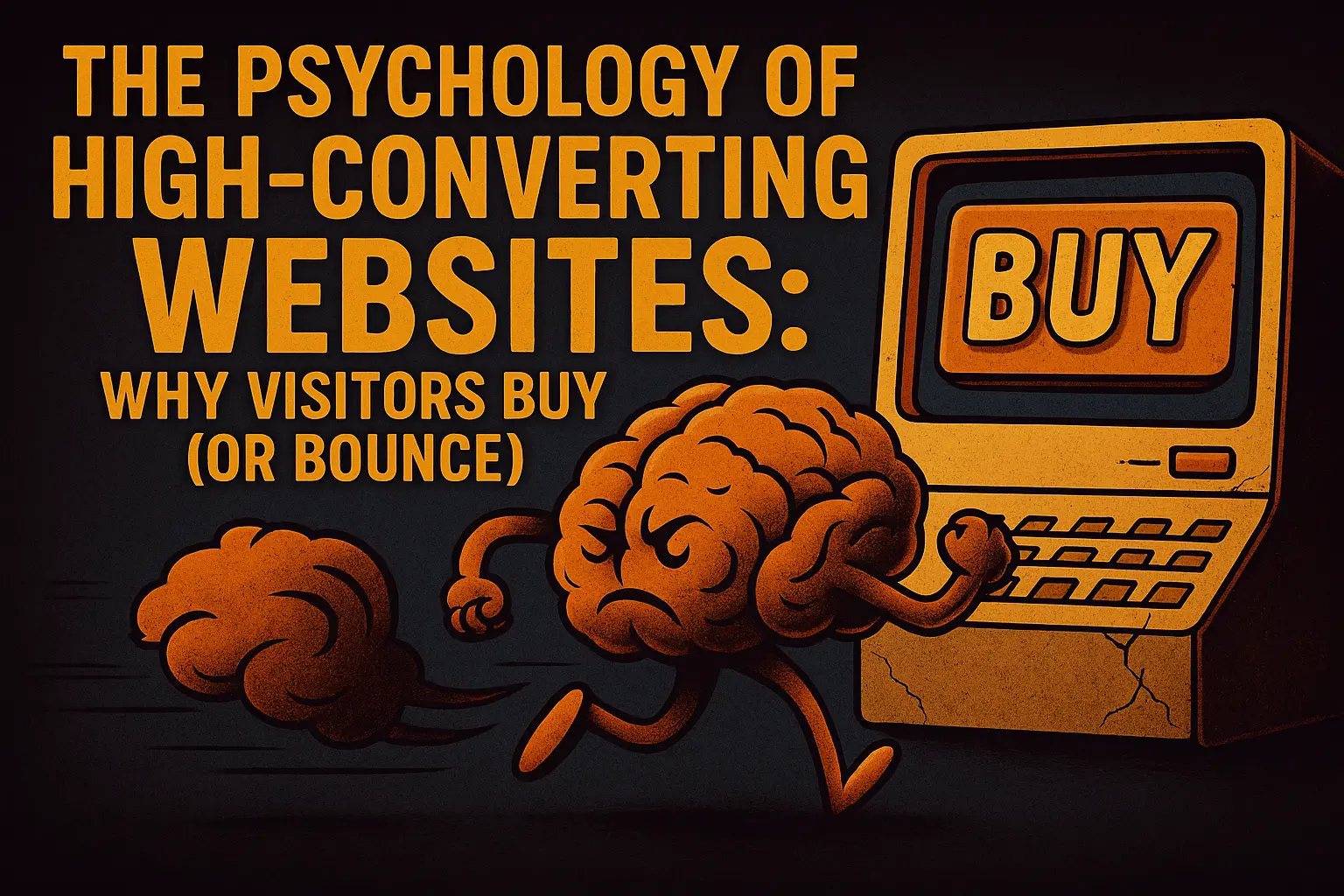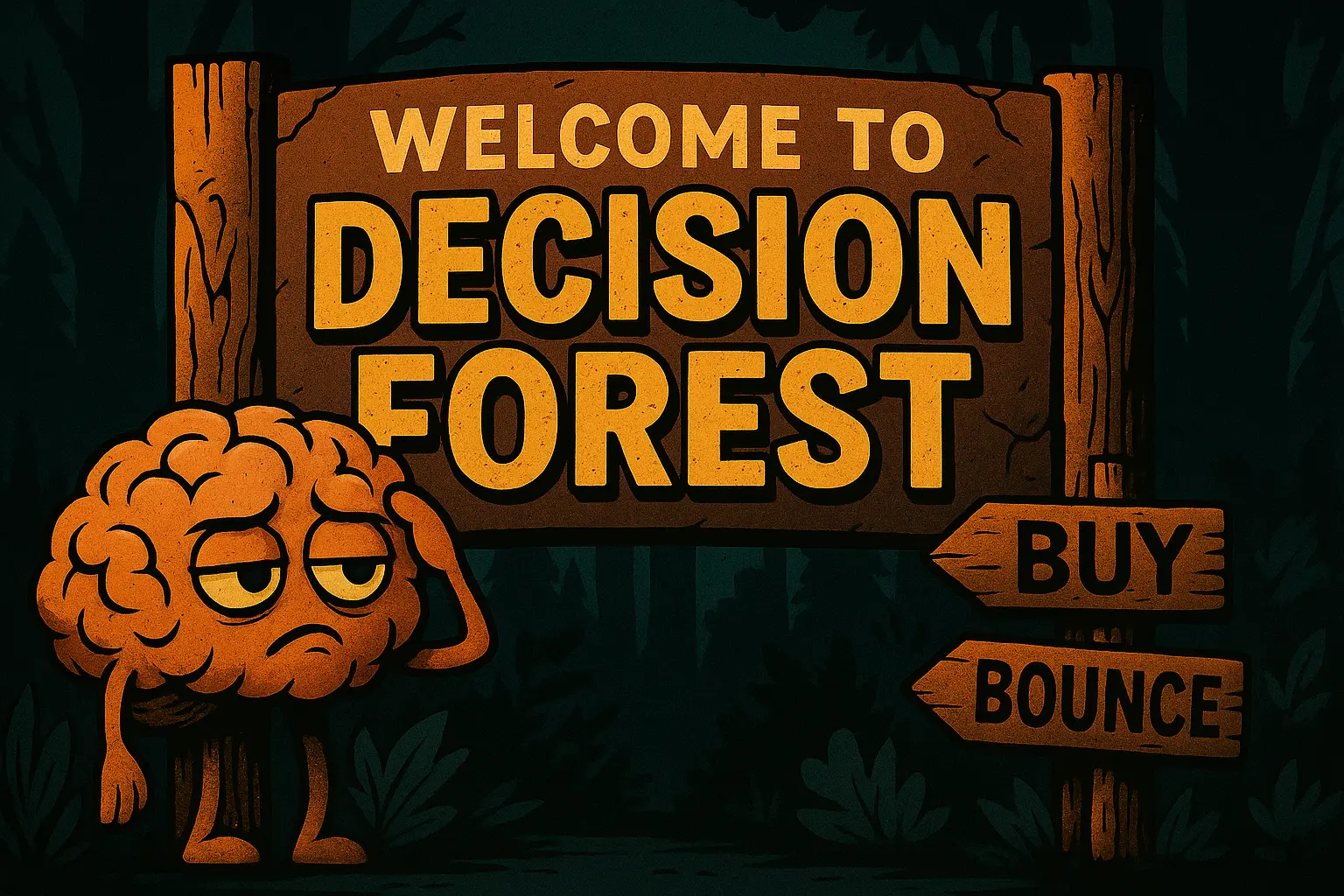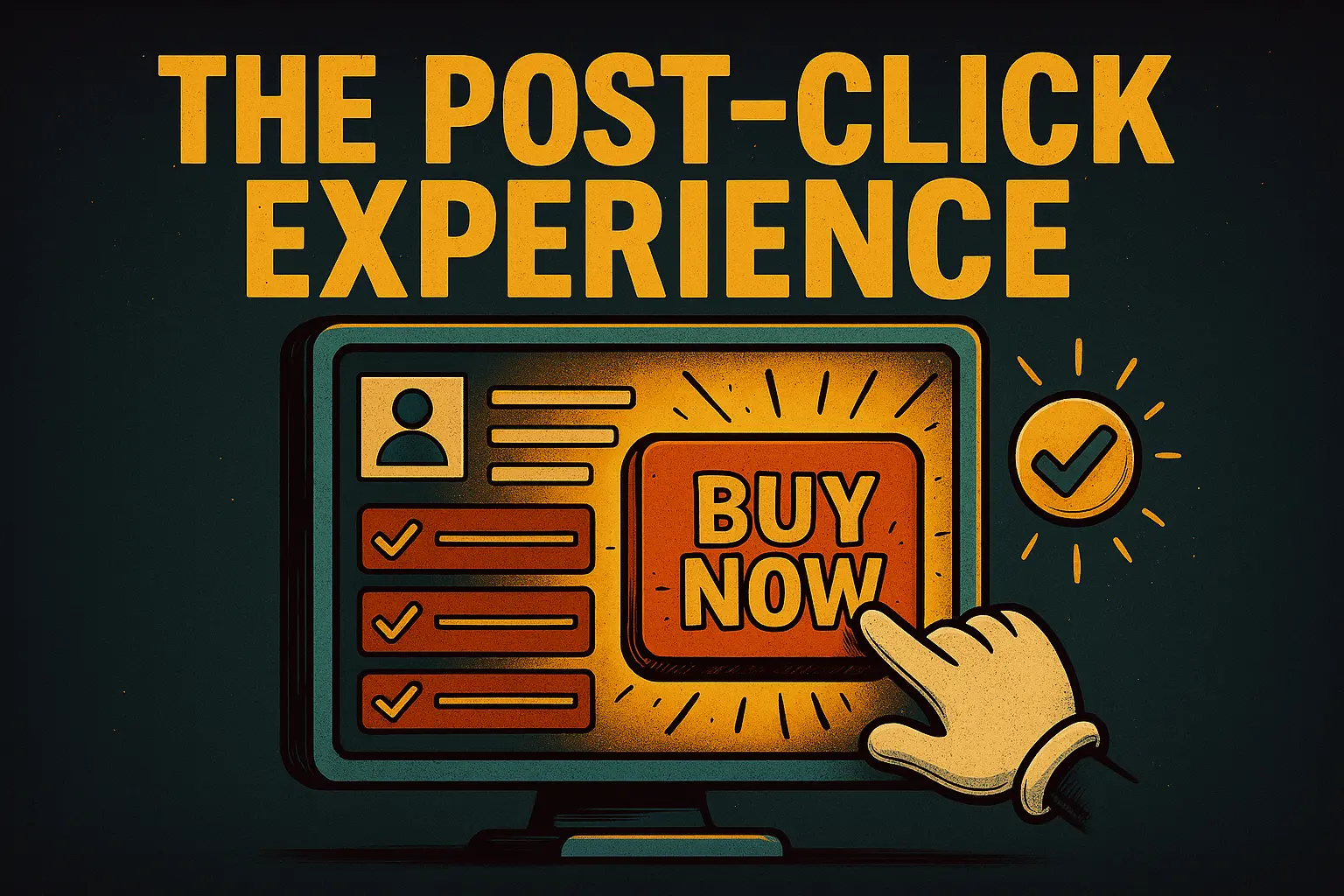

Your website isn’t your business card.
It’s your digital sales rep — and every visitor decides in seconds whether they’re going to shake its hand or slam the door.
The scary part? Most sites lose the sale before the visitor even scrolls. Not because the product’s bad. Not because the service isn’t worth it. But because the site fails the human brain test.
This is where conversion psychology comes in. Let’s pull back the curtain on why people click “Buy” — and why they ghost you instead.
Studies show people form an opinion about your site in 0.05 seconds. That’s less time than it takes to read this sentence.
What your visitors’ brains are asking:
What to do:
No one wakes up thinking, “I can’t wait to read a features list.”
They’re asking, “What problem are you solving for me, and why should I trust you to do it?”
Psychology trigger: Value framing. The human brain filters every decision through perceived reward vs. perceived risk.
What to do:
Humans follow the crowd when uncertain. If your page feels empty of real-world validation, you’re asking your visitors to take a blind leap.
What to do:

Offer too many options and visitors freeze — a cognitive bias known as choice paralysis.
What to do:
People are twice as motivated to avoid loss as they are to gain something.
What to do:
Your Call to Action isn’t just a button. It’s the moment you’re asking for trust.
What to do:

Congratulations, they clicked! Now don’t blow it.
A conversion is only complete if the post-click experience matches the promise.
What to do:
If your site gets traffic but no sales, it’s not a traffic problem — it’s a human decision-making problem.
Optimize for how people actually think, not how you wish they behaved.
Because in the end:
Visitors don’t convert because you have a great product. They convert because your site made them feel like buying it was the smart move.